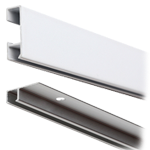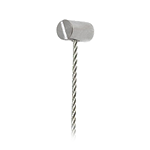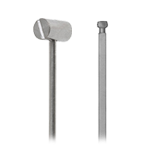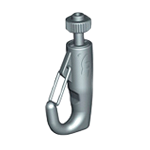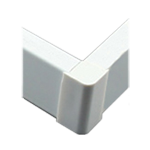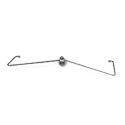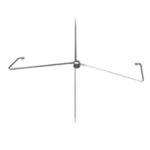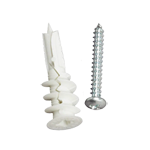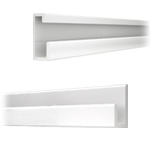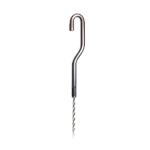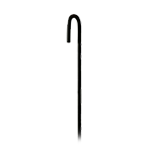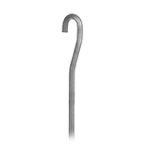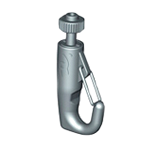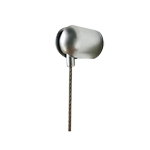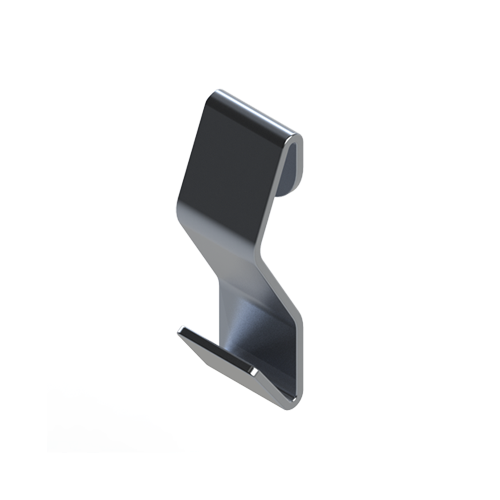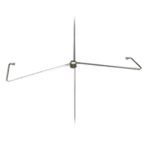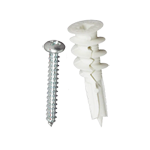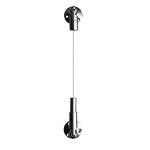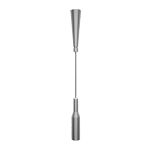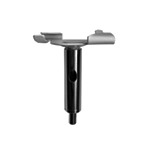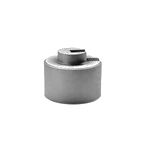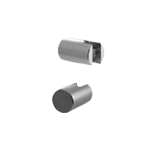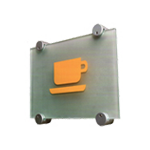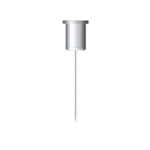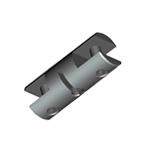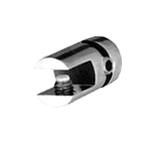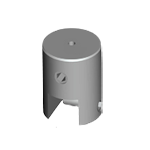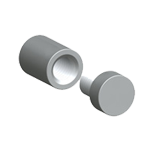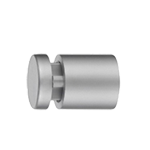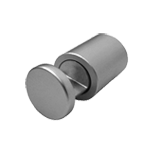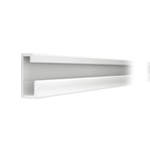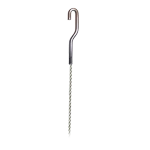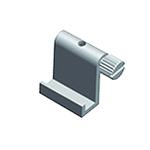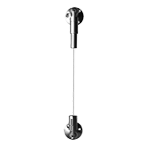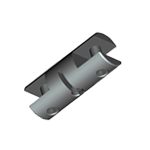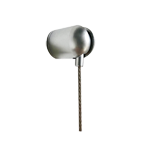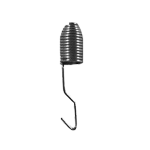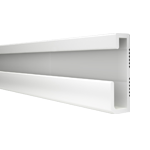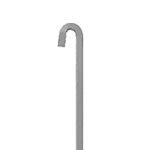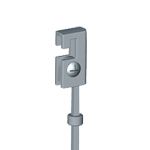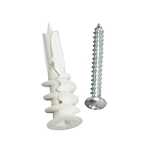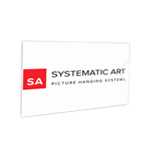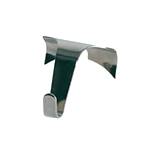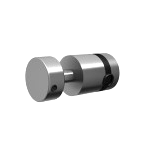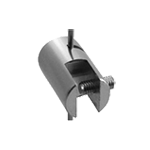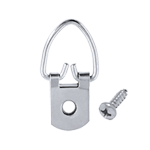Creating Symmetrical and Asymmetrical Displays with a Cable Display System
There are many advantages to using a cable display system in your home, workplace, gallery or museum. Not only is a cable display system practically invisible, with thin nylon or steel cables hanging from the ceiling, but it's also flexible, allowing you to create a number of different displays.
Some people like to create symmetrical displays where it seems like everything is in its proper place while others like asymmetrical displays where things are just clustered together in an aesthetically appealing way. Each type of display has its own advantages and can be appealing to the eye. Here are some tips to help you to create these types of displays:
Symmetrical Displays
In a symmetrical display, you can just have one large piece in the center of a wall; you can center it over your bed or sofa. Or you can have two fairly large pieces which are similar to each other on two sides of the same wall. For example, you can take two geometrical paintings by the artist Piet Mondrian and hang them on two sides of the same wall.
The idea behind a symmetrical display is to imagine that there's a line running down the center of the wall. And then place similar pieces on each side such that they reflect each other. Imagine a human body with its two eyes, two ears, two nostrils etc. It is a symmetrical body. And the more symmetrical it is, the more people view it as beautiful. In the same way, a symmetrical display creates a good impression on the viewer.
You can use smaller artworks as well as larger ones to create this type of display. It doesn't matter as long as the left side mirrors the right in some way. Exact symmetry may not be possible because you don't want to hang the same artwork twice over. But as long as you choose similar artworks, you can achieve the same effect.
Asymmetrical Displays
Although symmetrical displays will never go out of fashion completely, some people find them boring and predictable. So they prefer to hang artwork in an asymmetrical way. In fact, the Japanese aesthetic style believes in asymmetry as opposed to the Western style. When you look at Japanese flower arrangements, they tend to be asymmetrical as opposed to Western ones. The same can be said for Japanese gardens as well as the way in which Japanese artworks are arranged.
In The Book of Tea, Kazuo Ishiguro says that when you place an ornament on a shelf, it should be slightly off-center. You can use the same general rule when it comes to art displays. For example, you can hang a painting a little higher on one side and a little lower on the other side. Or you can hang something bigger on one side and smaller on the other. You can also create asymmetry by hanging one color on one side and another on the other.
The best way to create an asymmetric display is to get a number of different types of pieces which have nothing in common with each other and move them around until you find something pleasing to the eye. They can be arranged in a roughly circular manner or they can be scattered around the wall in a roughly equidistant way.
The advantage of an asymmetric display is also that you can keep adding to it as and when you find new pieces that you like. You don't have to worry about it not fitting in with the other pieces.
Contact us to learn more about creating both, symmetrical and asymmetrical displays with a cable hanging system.

